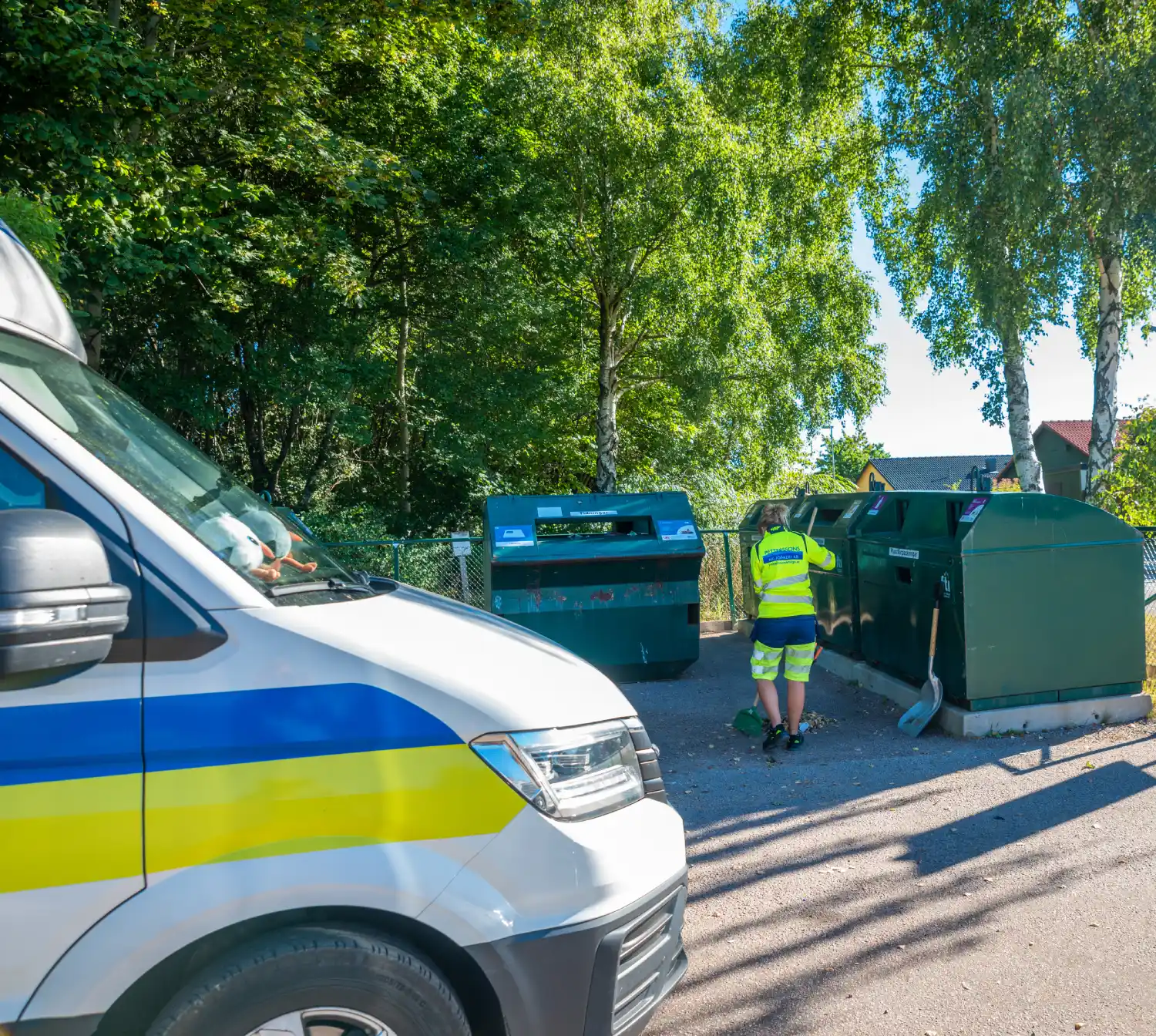Recycling in Sweden: A Step Toward a Sustainable Tomorrow
Recycling in Sweden: A Step Toward a Sustainable Tomorrow
Blog Article
Sweden has long been a chief in sustainable practices, and their Recycling (Återvinning) trip is nothing short of remarkable. From innovative spend administration systems to a nationwide national shift, Sweden has developed the way it handles waste. The country has turned trash into treasure by maximizing recycling initiatives and harnessing spend as an invaluable resource. This method not merely minimizes environmental affect but also plays a role in Sweden's ambitious alternative energy goals.

Leading Recycling Rates
Sweden boasts one of the highest recycling rates on the planet, with around 99% of household spend being recycled or repurposed. The country has created a sophisticated waste working process that means it is simple for people to separate recyclables, ensuring minimal spend ultimately ends up in landfills. This achievement isn't caused by a single policy but rather a thorough national effort, including a robust infrastructure and the active involvement of Swedish residents.
Waste-to-Energy Creativity
Among Sweden's many outstanding techniques in spend administration is their waste-to-energy (WTE) model. As opposed to sending waste to landfills, Sweden burns up continuing waste to create energy in the proper execution of heat and electricity. This method reports for approximately 50% of the country's spend, and the energy produced forces properties, firms, and also entire cities. The WTE design not just reduces landfill spend but additionally significantly decreases Sweden's dependence on fossil fuels, aiming with the nation's sustainability goals.
Expanded Maker Duty (EPR)
A crucial element of Sweden's recycling accomplishment may be the implementation of Expanded Producer Duty (EPR). That plan needs suppliers to handle the recycling of these services and products and packaging. By shifting the obligation to suppliers, Sweden has considerably paid down appearance spend and incentivized the progress of more sustainable products. EPR has also generated higher recycling costs, especially in sectors like electronics, packaging, and textiles.
Public Wedding and Training
The Swedish government places a powerful increased exposure of teaching its citizens concerning the significance of recycling. Public consciousness campaigns inspire individuals to embrace responsible consumption behaviors, such as reducing spend and recycling effectively. Schools, press retailers, and regional governments work together to market environmental stewardship, ensuring that recycling is part of lifestyle for Swedes of all ages.
Potential Improvements
As Sweden remains its recycling journey, the nation is discovering new systems to further increase spend management.

Conclusion
Sweden's recycling trip has turned trash into treasure, demonstrating that spend can be a important resource when handled responsibly. Through large recycling rates, waste-to-energy creativity, and procedures like Prolonged Producer Responsibility, Sweden has set an international example for sustainable spend management. With extended invention and a tradition of environmental recognition, Sweden is poised to remain at the lead of the international recycling movement, featuring that the circular economy is not just possible—it's the future. Report this page